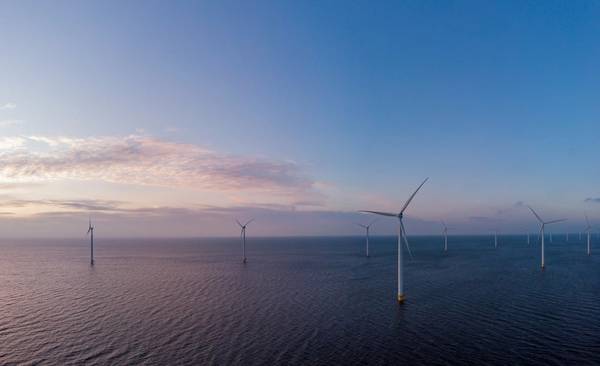
More than 100 countries at the COP28 climate summit in Dubai have agreed to triple renewable energy capacity by 2030 - one of the least controversial commitments floated at the conference.
But they have given little detail on how they can make an industry running flat out go that much faster.
"It is realistic, but there are elements that need to be solved; permitting, leases, grid connections," Anders Opedal, chief executive of Norway's Equinor EQNR.OL, a major renewable energy developer, told Reuters.
Renewable energy is key to meeting the 2015 Paris climate agreement to limit global warming. And while renewables are already expanding fast, this latest goal would require solar and wind power deployments to speed up a lot.
The tripling target would bring global renewable energy capacity to at least 11,000 gigawatts (GW) in just six years - more than 20% higher than current projections from BloombergNEF of around 9,000 GW by that time.
That would mean pumping up investment in renewables, which the International Energy Agency (IEA) says hit $600 billion globally last year, at a time some investors are retreating due to higher borrowing costs.
But the problems extend far beyond that.
Across the renewables industry, there are signs of strain. Supplies are short of everything from wind turbines to transformers. There is a labor shortage. The cost of wind and solar projects has spiraled up. And local opposition to big energy projects has slowed layered bureaucracy with years-long processes to get permits.
Developers also face long delays getting connected to the grid. And new high-voltage transmission lines to ease that bottleneck can take a decade or more to plan, permit and build, making the 2030 target more challenging.
"I don't see clear signs that we are ready to overcome the barriers we have identified," said Francesco La Camera, Director-General of the International Renewable Energy Agency.
On the upside, the industry has regularly exceeded historical growth forecasts and there is more capital and more government support focused on it than ever before.
A record 500 GW of renewable capacity is expected to be added globally in 2023, according to think-tank Ember, up from 300 GW in 2022, with 12 countries - including China, Brazil, Australia and Japan - set to exceed national targets, it said.
Ember said global renewable capacity would need a sustained growth rate of 17% annually to triple by 2030, a pace it has already been posting since 2016.
Fixing it
Financing the growth is a huge challenge.
Investment in renewables needs to more than double to over $1.2 trillion annually by 2030, to have tripled capacity and be on a path to net zero emissions for 2050, according to the IEA.
Infrastructure investors who helped catalyse the rapid expansion of solar and wind globally have tightened purse strings because of higher interest rates, making it harder to finance and sell projects.
Infrastructure funds raised $29 billion in the first nine months of the year, a precipitous decline from the $128 billion raised over the same period a year ago, according to data provided to Reuters by research firm Preqin.
Fabian Pötter, managing partner of 51 North Capital GmbH, which acts as a broker matching up investors with infrastructure funds, said he believed investment in the sector was now being left mainly to utilities.
The drop in infrastructure fundraising comes at a time when that cash is needed to build the networks to connect new projects to the grid.
"For every dollar invested in renewables, we need to see the same invested in the networks required to integrate them," Ignacio Galan, Executive Chairman of Iberdrola said in an email to Reuters.
Countries with low credit ratings are struggling even more to attract investment in renewables. The UAE announced last week a $30 billion fund with asset managers BlackRock, TPG and Brookfield to catalyse investment into the Global South.
Logistical bottlenecks have also led to some costly setbacks for large-scale projects in some regions.
Orsted, the world's largest offshore wind developer, for example, last month scrapped two U.S. projects, flagging $5.6 billion in related impairments, after delays due in part to vessel availability led to soaring costs.
Some companies believe that the supply chains in wind and solar will expand with sustained demand, easing the constraints.
"It's not so complex to build a manufacturing plant for solar cells," Patrick Pouyanne, CEO of TotalEnergies told Reuters.
But it won't be fast enough without more government support, including from countries that eagerly signed onto the pledge, some industry representatives said.
"That needs a discussion right after the COP; how do we deliver the grids, how do we get the permitting reform, how do we look at auctions?" said Morten Dyrholm, marketing executive at wind turbine maker Vestas Wind Systems A/S.
(Reuters - Reporting By Susanna Twidale and Sarah McFarlane; Editing by Ros Russell)



